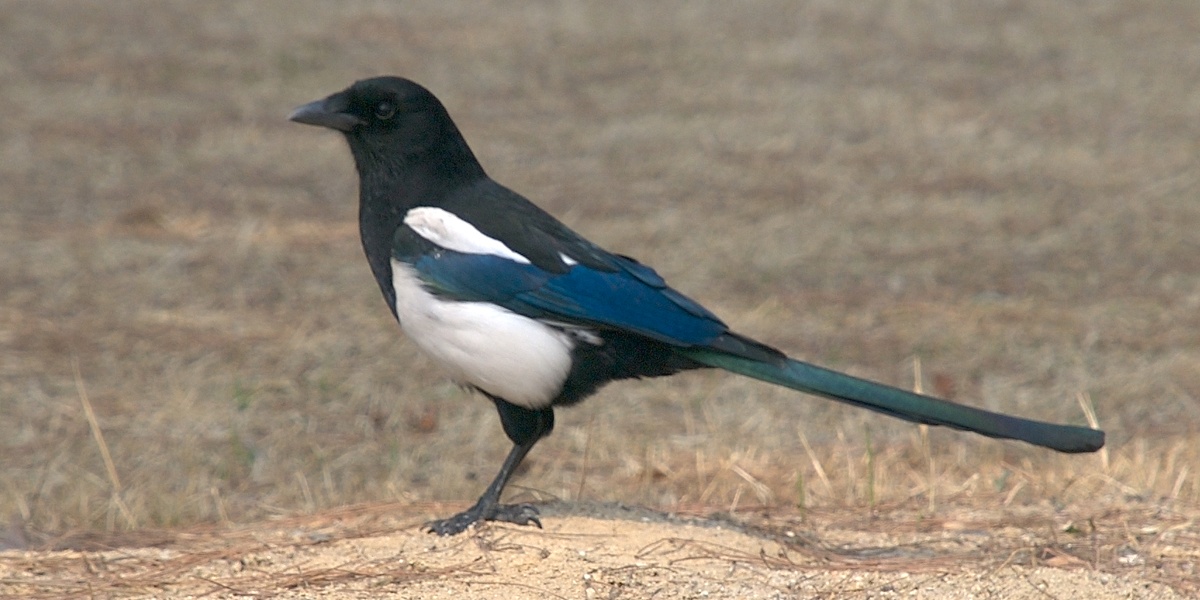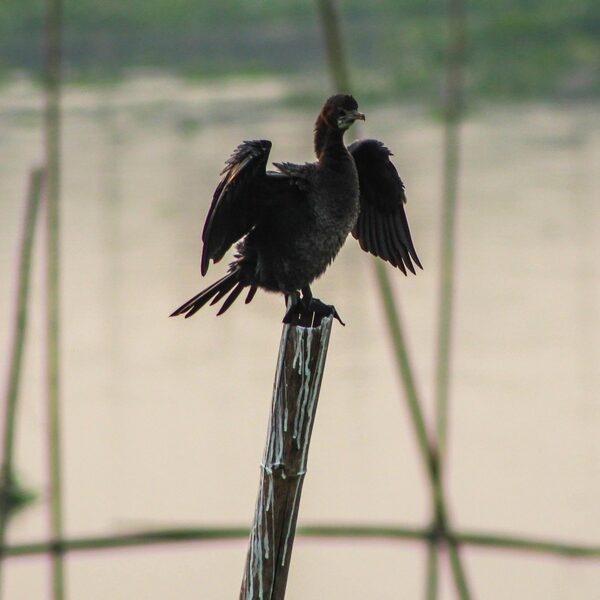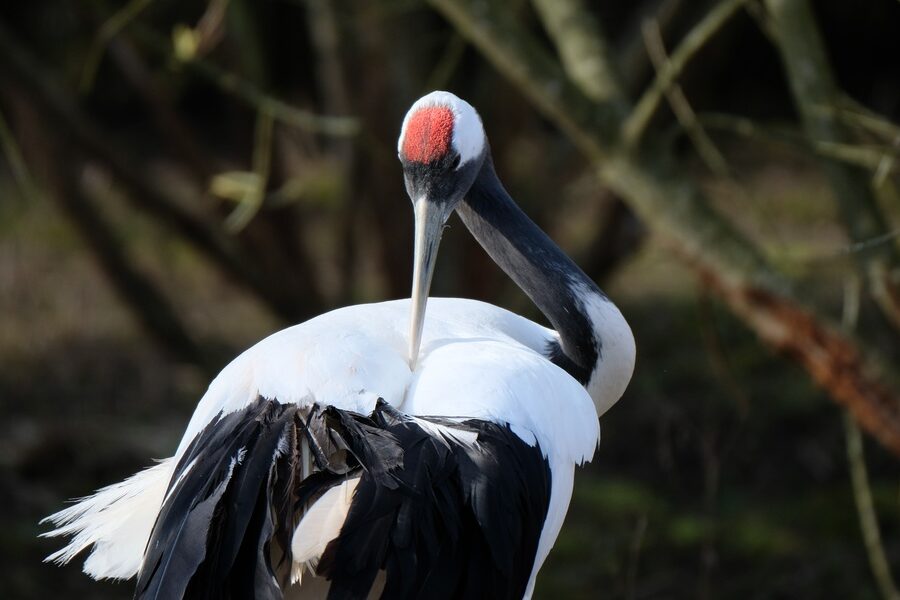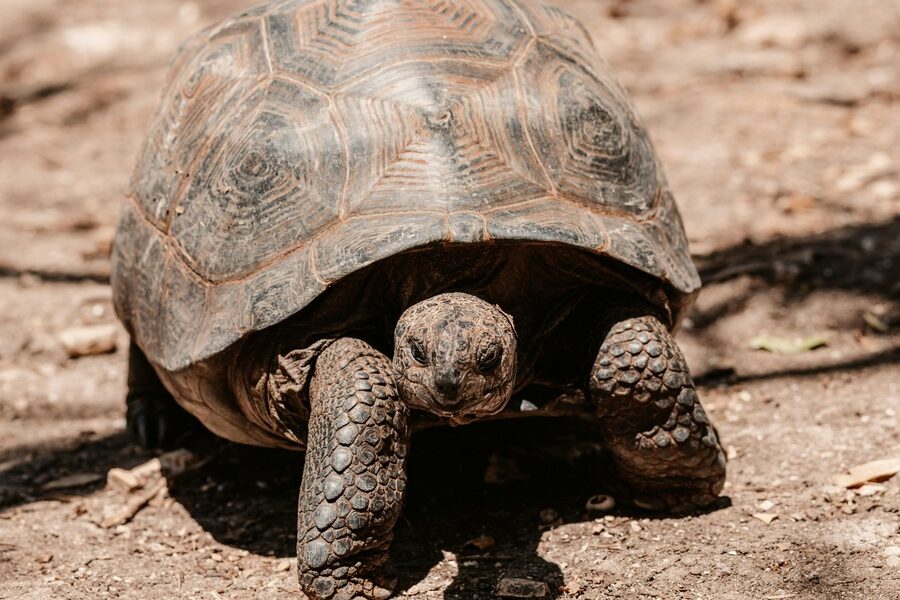A 20th-century hunting and habitat-loss crisis nearly erased several large mammals from the Korean Peninsula, yet protected areas and community efforts helped species like the red-crowned crane and certain deer populations rebound.
South Korea’s wildlife matters for ecology, culture, and people’s livelihoods: rugged mountain mammals keep forests balanced, migratory birds link coasts here to wetlands around the globe, coastal seas support fisheries and local jobs, and small endemic amphibians and insects signal water and forest health. This article presents eight representative species or groups that showcase that diversity, highlight real conservation challenges, and point to the concrete programs and local actions that make a difference. Along the way you’ll see how national parks, Ramsar sites, community monitoring, and targeted management combine to protect native species of Korea and the places they depend on. Below are eight examples that together tell a story of resilience and urgent need, starting with mammals.
Mammals: Large species and conservation stories
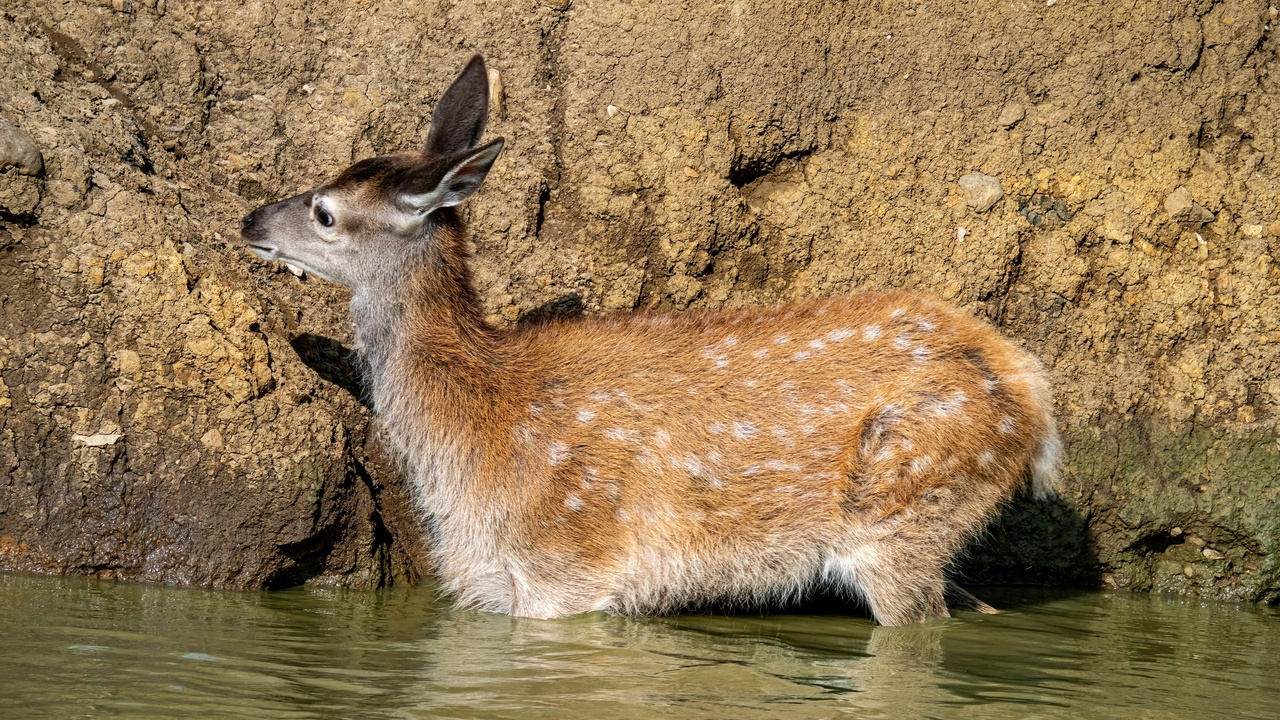
Mammals on the peninsula illustrate both recovery and continuing threats. Habitat fragmentation, vehicle collisions, and illegal poaching remain problems even as protected areas help populations rebound.
Conservation for mammals often combines park management, reintroduction programs, and community engagement. Programs such as long-term camera-trap monitoring and targeted reintroductions in Jirisan National Park show how science and local stakeholders can work together to reduce threats and track progress (Korea National Park Service).
1. Korean water deer — an adaptable native species
The Korean water deer (Hydropotes inermis) is a small, tusked deer well adapted to fields, wetlands, and suburban edges, and it often appears in farmland and roadside scrub near cities.
Population estimates vary by region, but surveys and collision records indicate tens of thousands of animals across the peninsula, with vehicle collisions numbering in the low thousands annually in some provinces (Korea Ministry of Environment). This wide presence makes the species a common example of wildlife thriving alongside people.
That proximity creates conflicts: crop damage, garden browsing, and road accidents are frequent. Communities and managers reduce impacts through simple measures such as fencing around high-value fields, seasonal crop-siting practices, and driver-awareness campaigns on routes adjacent to national parks.
Local monitoring programs that use camera traps and incident reporting have helped target mitigation. For example, road-accident reduction campaigns near park boundaries pair speed-reduction signage with seasonal public outreach, significantly lowering collisions in pilot areas (local government reports).
2. Asiatic black bear — conservation challenges and recovery efforts
The Asiatic black bear (Ursus thibetanus) is a flagship species for Korean forest conservation and a focus for reintroduction and corridor-restoration work.
Historical declines accelerated through the 20th century, and protected-area records now record only a few dozen to a few hundred individuals in fragmented populations, depending on the region (Korea National Park Service; peer-reviewed surveys). That fragmentation raises concern about genetic isolation and human-bear encounters.
Threats include habitat loss, illegal hunting in past decades, and collisions on mountain roads. Recovery actions combine habitat corridor planning, strict protection in core zones, and monitoring via camera traps and noninvasive genetics to map population structure.
Jirisan National Park has been a focal point for bear restoration and monitoring, with camera-trap studies and public outreach programs designed to reduce attractants and train local communities in coexistence measures (Jirisan project reports, Korea National Park Service).
Birds: Migratory icons and wetland dependents
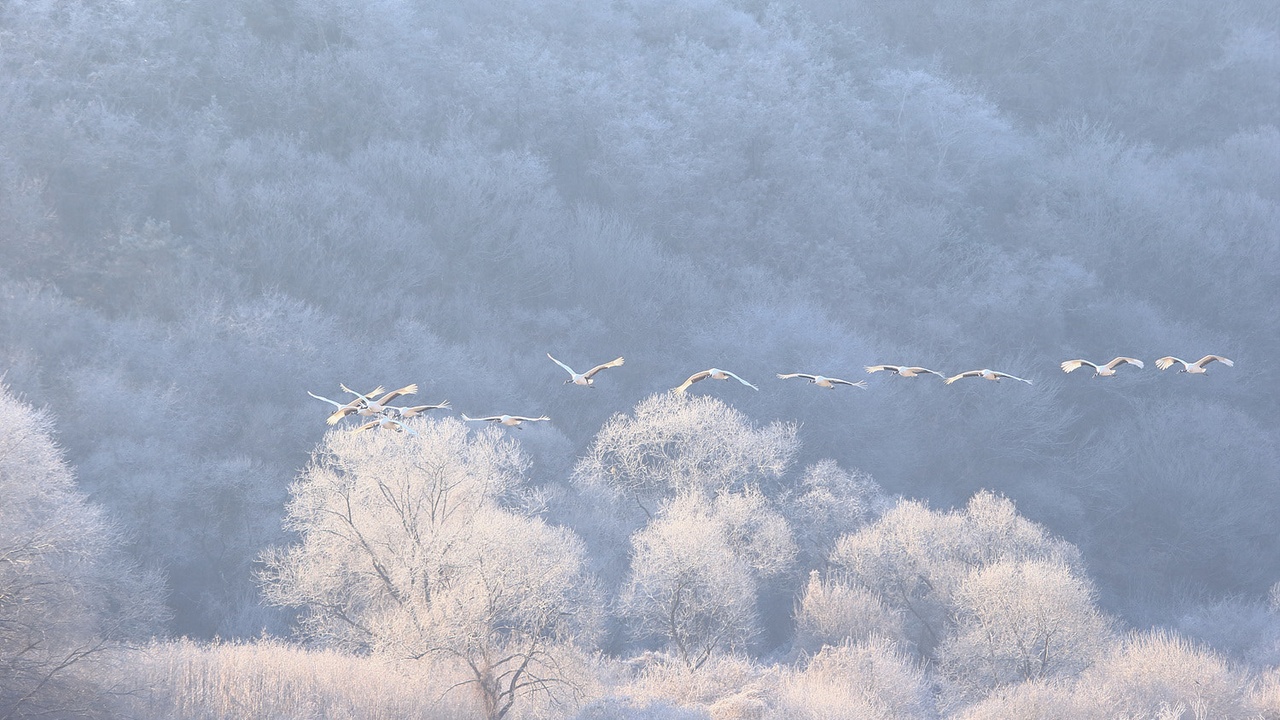
Birds are cultural symbols and ecological indicators, and South Korea’s coastal flats and inland wetlands are vital stopovers on international flyways. The health of these sites affects populations across East Asia, from Siberia to Australia.
International interest and Ramsar listings have helped protect important wetlands, and the Demilitarized Zone (DMZ) has unintentionally become a refuge for breeding and migratory birds where human disturbance is low.
3. Red-crowned crane — cultural icon and conservation win
The red-crowned crane (Grus japonensis) is a potent cultural symbol in Korea and a conservation success story in localized wintering sites.
Estimates suggest several hundred individuals use South Korean wetlands during winter months, and targeted protection and captive-breeding efforts over recent decades have stabilized numbers at key sites (Korea Crane Network; BirdLife International).
Conservation measures include protected wintering areas, habitat management to maintain mudflats and reedbeds, and community-led monitoring that supports low-impact ecotourism. Suncheon Bay and other managed reserves host regular counts and educational programs that boost local pride and visitor income.
4. Migratory shorebirds — the Yellow Sea’s global role
The Yellow Sea tidal flats are a critical stopover for migratory shorebirds on the East Asian-Australasian Flyway, and a large share of some species’ global populations stage here during migration.
For certain shorebirds, up to half or more of the global population relies on Yellow Sea mudflats during migration (WWT; Ramsar assessments). That concentration makes coastal reclamation and development a conservation emergency with international consequences.
Reclamation projects such as Saemangeum have dramatically altered feeding grounds, prompting national and international responses including shorebird monitoring programs and calls for protected-area designations. Local NGOs and international partners now coordinate counts and advocacy to halt further loss and restore tidal connectivity.
Marine life: Coastal ecosystems, fisheries, and charismatic sea mammals

South Korea’s marine zones—the shallow Yellow Sea, the deeper East Sea (Sea of Japan), and the biologically rich waters around Jeju—support fisheries, seaweed aquaculture, and coastal communities.
Protecting nearshore habitats helps sustain livelihoods and biodiversity, and conservation here often links fisherfolk, coastal managers, and marine researchers in collaborative management.
5. Rockfish, kelp forests, and nearshore nursery habitats
Kelp forests and rocky reefs provide nursery habitat for commercially important species such as rockfish, and they underpin seaweed aquaculture that is economically significant along the southern coast.
Studies show that a high percentage of juvenile coastal fish use kelp and kelp-associated structures as shelter and feeding grounds, supporting local fisheries (FAO; Korea fisheries statistics). In some provinces thousands of households rely directly on coastal fisheries and seaweed farming for income.
Practical measures include seasonal closures to protect spawning aggregations, gear restrictions, and community-based co-management of nearshore areas. On Jeju and the southern coast, kelp aquaculture practices that mimic natural stands help both production and biodiversity.
6. Finless porpoises and coastal cetaceans — quiet conservation priorities
The finless porpoise (Neophocaena asiaeorientalis) is a small, vulnerable cetacean found in Korean bays and coastal waters and often serves as an indicator of coastal ecosystem health.
Recent surveys estimate populations in specific embayments number in the low hundreds, though distribution is patchy and local trends vary (Korean marine institutes; regional marine mammal groups). That small population size raises concern about localized declines.
Major threats include bycatch in gillnets, underwater noise, and habitat degradation. Conservation tools used include stranding and rescue networks, bycatch mitigation trials, and regular vessel-based surveys to inform management. Collaborative surveys around key bays provide the data needed for local protections.
Invertebrates, amphibians, and endemics: Small species, big roles

Smaller taxa—amphibians, insects, mollusks—drive ecosystem services such as pollination, pest control, and nutrient cycling. They also include endemics that reflect Korea’s unique evolutionary history.
Despite their importance, these groups are often understudied, and monitoring programs are fewer than for large vertebrates. Filling those gaps pays off in better water quality, orchard yields, and resilient forests.
7. Endemic amphibians — the Korean salamander and localized species
The Korean salamander (Hynobius leechii) and several related amphibians have restricted ranges and are good indicators of freshwater and wetland quality.
Taxonomic inventories record more than ten amphibian species on the peninsula, with several locally endemic or range-restricted taxa described in recent decades (national biodiversity inventories; taxonomic studies). Those numbers underscore the peninsula’s conservation value for amphibians.
Amphibians respond quickly to changes in water quality and pond integrity, so pond restoration and buffer planting near rural communities benefit both wildlife and people. Citizen-science monitoring projects track breeding-site occupancy and help guide local restoration efforts.
8. Pollinators and forest insects — unseen but essential
Native pollinators and predatory insects sustain orchards and forest regeneration across Korea, providing services that translate directly into higher yields and fewer pest outbreaks.
Agricultural studies indicate that insect pollination can increase fruit set and quality for crops such as apples and persimmons by substantial margins, often in the tens of percent (national agriculture statistics; academic research). A diverse native bee community supports these gains.
Practical conservation includes planting flower-rich field margins, providing nesting habitat for solitary bees, and reducing broad-spectrum pesticide use. Local research and NGO programs promote pollinator corridors and work directly with orchardists to improve crop resilience.
Summary
Key takeaways: South Korea’s habitats—from tidal flats to mountain forests and coastal kelp beds—have international and local importance, and conservation here often combines national parks, Ramsar sites, community action, and targeted science.
Readers can help by supporting reputable local NGOs, joining citizen-science surveys (bird counts, amphibian monitoring), and observing wildlife responsibly when visiting parks and wetlands.
- Protect tidal flats and wetlands: these areas support migratory shorebirds with global implications.
- Support park-based monitoring and local reintroduction programs (for example, camera-trap projects in Jirisan).
- Help pollinators and amphibians by restoring ponds, planting native flowers, and reducing pesticide use.
- Get involved: volunteer with conservation groups, report sightings to citizen-science portals, and practice low-impact wildlife watching.
